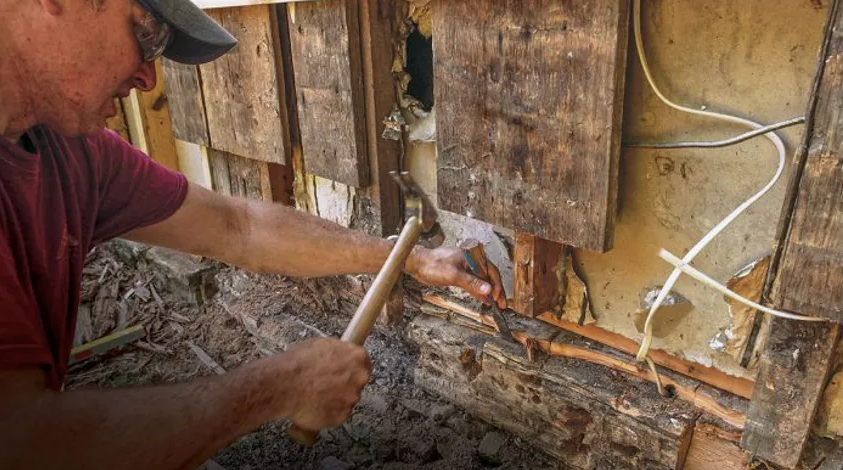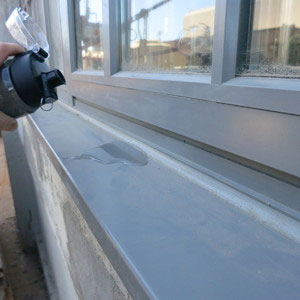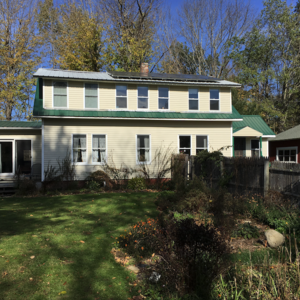
Despite the efficiency of Google, I still seek information from books. Even if I’m only looking for one specific bit of knowledge, reading the whole book frequently teaches me things I didn’t even know I didn’t know. It’s a lifelong habit, and I credit it as the reason I was able to ever land a job as an editor despite never having graduated college.
So, yeah, books are good.
And there are a lot of books on building– “A Pattern Language,” “How Buildings Learn,” anything “Larry Haun” ever wrote about framing, and of course Joe Lstiburek’s legendary “Builder’s Guides.” One could probably argue that books which focus on energy conservation are the most important ones to read. But of all the books I’ve read on building, the one I’d recommend above all is William B. Rose’s “Water in Buildings: An Architect’s Guide to Moisture and Mold.”
“Water in Buildings” isn’t an easy read. It’s more like a college textbook than anything else, although there’s more humor in it than I ever found in a textbook. To understand it, I even had to engage that bane of every English major—what I should have majored in at Rutgers instead of beer—algebra. I can’t claim to have noodled through every equation in the book, but some basic understanding of what to do when the alphabet intersects the real-numbers system is vital. And yet, in the end, the purpose of “Water in Buildings” isn’t to provide pat solutions or approaches to dealing with water in buildings.
So, why do I recommend the book so highly if it doesn’t solve specific problems or tell us how to build carbon-neutral or carbon-negative houses? Most builders are only ever going…
Weekly Newsletter
Get building science and energy efficiency advice, plus special offers, in your inbox.

This article is only available to GBA Prime Members
Sign up for a free trial and get instant access to this article as well as GBA’s complete library of premium articles and construction details.
Start Free TrialAlready a member? Log in















5 Comments
Thanks for the kind words, Andy.
There are many updates that I wish I had the time and energy to publish. Here’s one. Crawl space ventilation was codified much earlier than the 1940s. The first mention seems to be in 1923 in the first edition of Minimum Property Standards, published by the National Bureau of Standards under the direction of Herbert Hoover. It called for subfloor ventilation opening area at 7% of the floor area. That’s way too much. Nevertheless the standard was cited widely and New Zealand adopted it.
Nigel Isaacs from Victoria University of Wellington (NZ) became so curious about this excessive ventilation that he applied for a Fulbright to investigate, got it, spent a winter at our University and traveled the US to go through all the files of the members of the panel from a hundred years ago. In Minneapolis he found the diamond—a penciled note on a draft version that said .7%. If it had read 0.7% this international calamity might have been averted. He figures that 0.7% was maybe a translation from 1 sq. in. of opening per sq. ft. of floor area, for a wider audience. I’ve emailed Nigel to provide the readers the best references.
Great book with almost too many insights to take in. Best read in short bursts.
Bill Rose presented at the 2007 Passive House Conference I attended. What a collective of building knowledge at that conference.
I call it my building science bible. It's dense with information, and took me a year to get through the first time. The science is tied together with engaging stories and was faster on subsequent readings. I refer to it regularly.
I have my dog-eared copy! First time I read it I think I understood about 1/4 of it. With re-reading I think I'm up to 1/2.
Log in or become a member to post a comment.
Sign up Log in